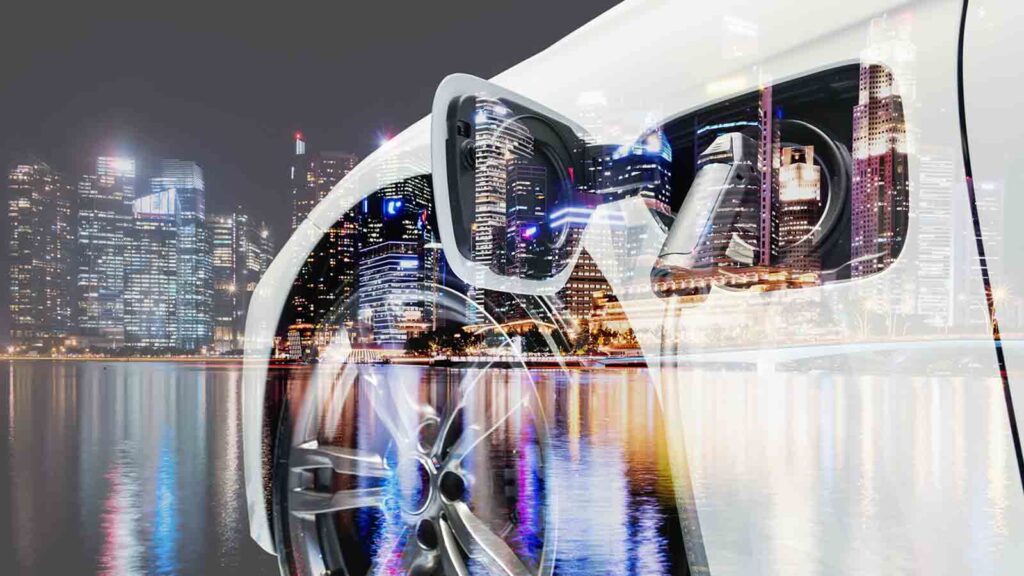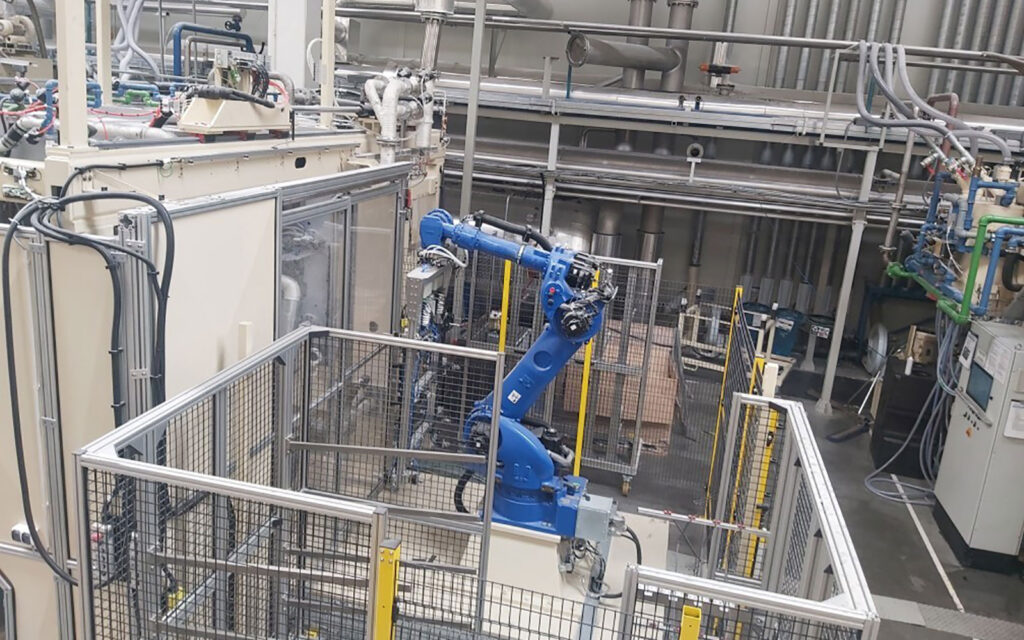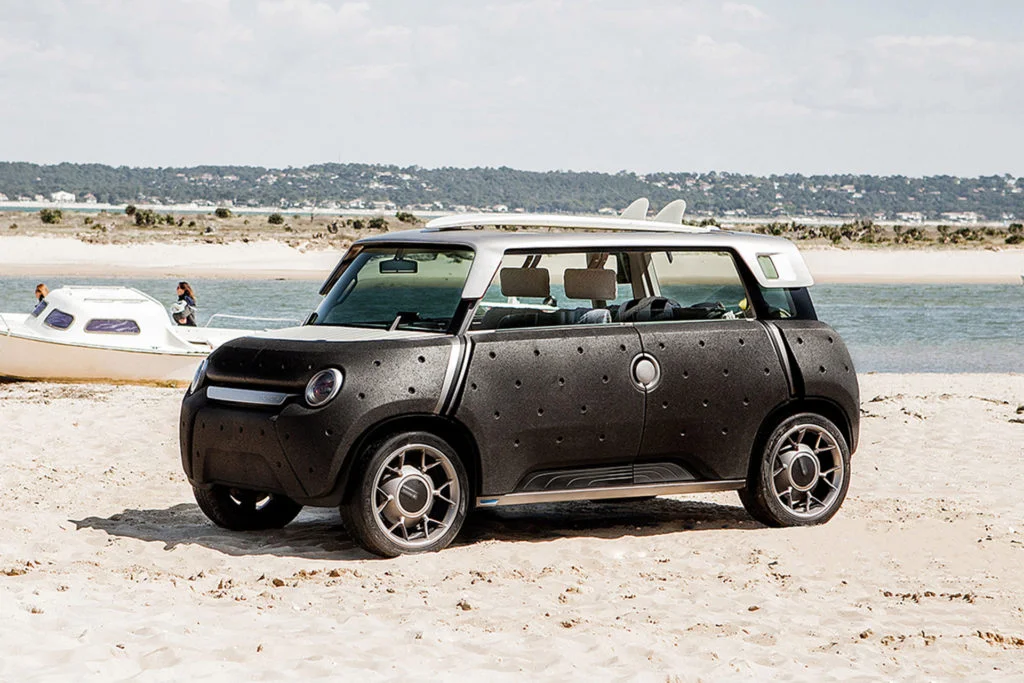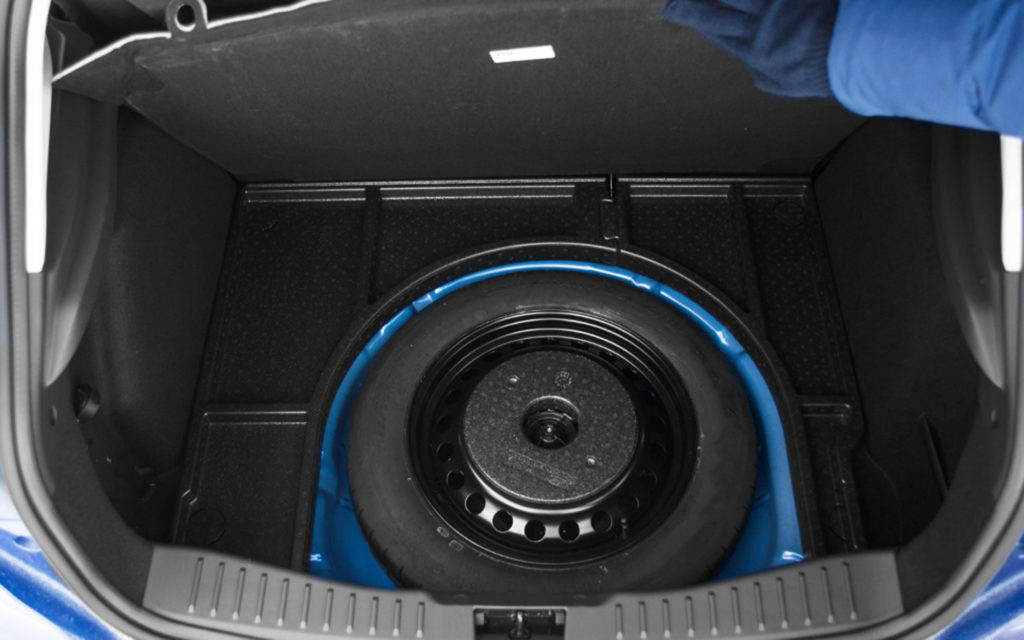How much would a car weigh if all of its plastic parts were made from a different material?
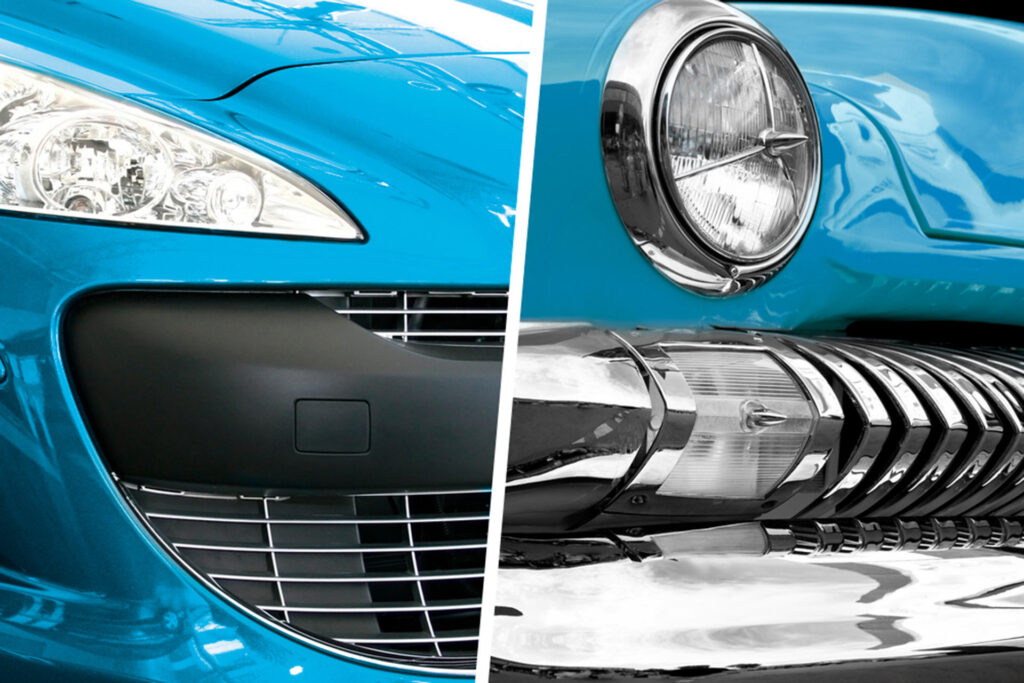
The average weight of a car has been changing in recent years. What impact does the use of plastics and new technologies have on this?
